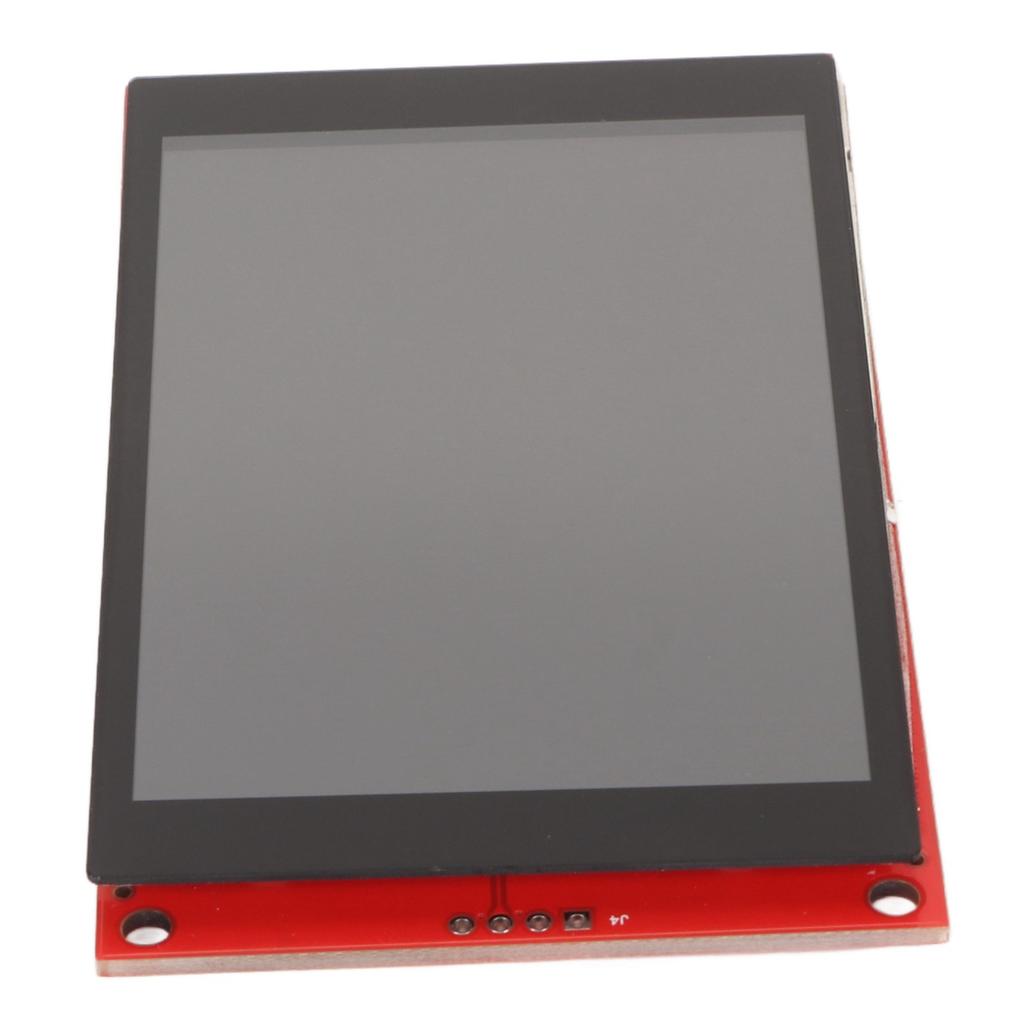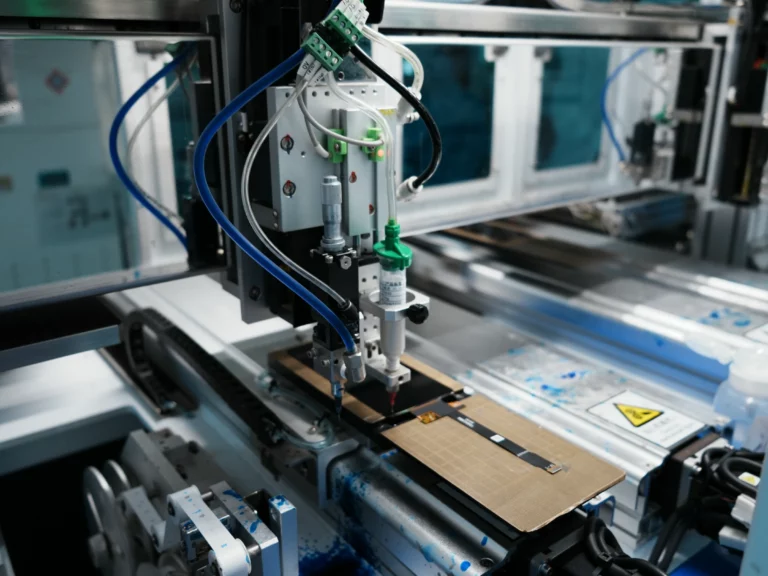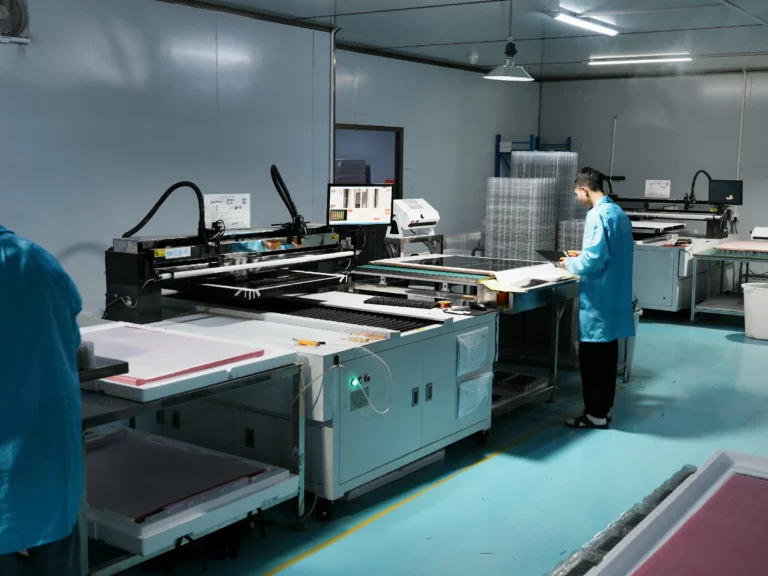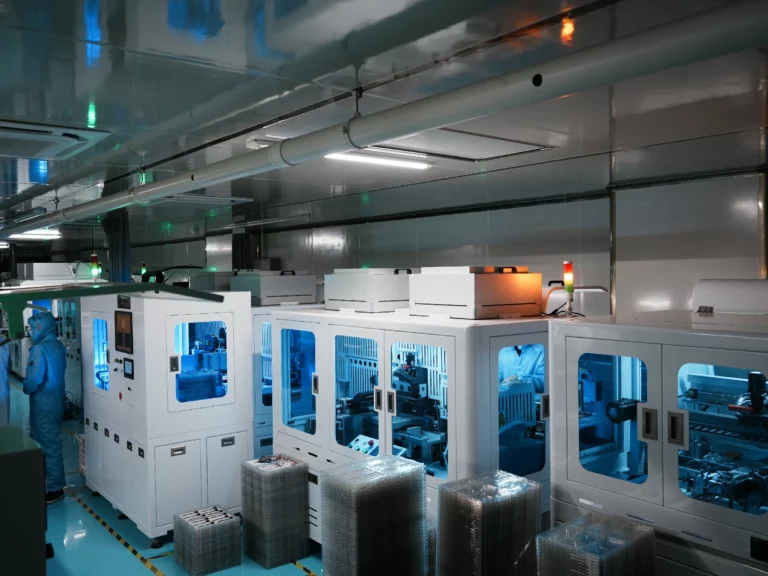- 1 Understanding the LCD Market
- 2 The Hidden Risks of Cheap LCD Displays
- 3 1. Poor Visual Performance
- 4 2. Reduced Reliability and Short Lifespan
- 5 3. Safety Concerns
- 6 4. Limited Viewing Angles and Low Brightness
- 7 5. Lack of Support and Documentation
- 8 6. False Cost Savings
- 9 When Cheap LCDs Become a Liability
- 10 What to Look for in a Quality LCD Display
- 11 The Long-Term Value of Quality LCD Displays
- 12 Conclusion
Understanding the LCD Market
The LCD (Liquid Crystal Display) market spans a huge range of products—everything from budget consumer panels used in toy electronics to high-performance industrial-grade modules designed for mission-critical applications.
Cheap LCD displays typically come from low-tier manufacturers that cut corners in:
- Panel quality (using rejected or downgraded glass substrates)
- Backlight uniformity (lower-grade LEDs with inconsistent brightness)
- Driver ICs (older-generation or counterfeit chips)
- Quality control (minimal inspection, no long-term reliability testing)
At first glance, these may look acceptable. But as we’ll explore, the consequences surface quickly once they are in use.
The Hidden Risks of Cheap LCD Displays
1. Poor Visual Performance
Cheap LCDs often suffer from low resolution, poor color accuracy, and uneven backlighting. For applications such as:
- Medical displays: inaccurate colors may compromise diagnosis.
- Retail kiosks: dull screens reduce customer engagement.
- Automotive dashboards: poor brightness makes them unreadable under sunlight.
These performance issues directly impact usability and trust in the device.
2. Reduced Reliability and Short Lifespan
High-quality LCDs are designed for tens of thousands of operating hours. In contrast, low-cost displays often fail prematurely due to:
- Inferior LED backlights that dim quickly.
- Substandard polarizers that degrade under UV exposure.
- Weak bonding materials that delaminate in high humidity.
This leads to screen flickering, dead pixels, or complete display failure within months.
3. Safety Concerns
A less-discussed risk of cheap LCDs is safety. Poor electrical insulation, untested driver boards, and low-quality connectors increase the chance of:
- Overheating and fire hazards
- EMI (electromagnetic interference) with other devices
- Voltage instability damaging the host system
In mission-critical environments like aviation, automotive, or medical equipment, this is simply unacceptable.
4. Limited Viewing Angles and Low Brightness
High-grade LCDs use IPS (In-Plane Switching) or advanced technologies to deliver wide viewing angles e strong sunlight readability. Cheap LCDs, often based on outdated Painéis TN, provide narrow angles where the image washes out or inverts.
This may not matter for a toy gadget but becomes disastrous for:
- Factory operator panels that multiple workers must read.
- Outdoor kiosks exposed to direct sunlight.
- Vehicle displays that must remain clear under any lighting condition.
5. Lack of Support and Documentation
Professional LCD suppliers provide datasheets, driver support, and integration guidance. With cheap alternatives, engineers are often left guessing—facing:
- Missing or inaccurate datasheets
- No software/firmware support
- Limited replacement parts
This leads to costly engineering delays and system redesigns.
6. False Cost Savings
While upfront costs may seem attractive, the total cost of ownership (TCO) of a cheap LCD is usually higher:
- Frequent replacements drive up hardware costs.
- System downtime results in lost revenue.
- Customer dissatisfaction damages brand reputation.
In contrast, investing in a reliable LCD ensures longer life cycles, stable supply chains, and reduced maintenance costs.
When Cheap LCDs Become a Liability
Certain industries cannot afford compromises:
- Medical equipment → Accuracy and reliability are paramount.
- Automotive dashboards → Safety and readability under sunlight are critical.
- HMIs industriais → Must withstand heat, vibration, and continuous operation.
- Aerospace & defense → Failures can have catastrophic consequences.
In these cases, opting for the cheapest display can expose companies to regulatory non-compliance, safety recalls, and massive financial losses.
What to Look for in a Quality LCD Display
To avoid the pitfalls of cheap LCDs, engineers and buyers should evaluate displays based on:
- Brightness & contrast ratio: Suitable for the target environment.
- Viewing angles: IPS or equivalent for readability.
- Gama de temperaturas de funcionamento: Wide range for industrial or automotive use.
- Lifespan of backlight (MTBF): At least 30,000–50,000 hours.
- EMC/EMI compliance: For safety and regulatory standards.
- Supplier reliability: Documentation, technical support, and long-term availability.
The Long-Term Value of Quality LCD Displays
Investing in a premium LCD module may cost more initially, but the long-term benefits outweigh the savings from cheap alternatives:
- Lower replacement costs (fewer failures over time)
- Better customer experience (sharp visuals, smooth performance)
- Enhanced safety (certified and tested components)
- Longer product lifecycle (avoiding redesigns due to discontinued parts)
In industries where downtime costs thousands of dollars per hour, this investment is not just about quality—it’s about business sustainability.
Conclusão
Buying a cheap LCD display may seem like a bargain, but the hidden costs and risks tell a different story. Poor performance, reduced reliability, safety hazards, and lack of support make these displays unsuitable for most serious applications.
Whether you’re an engineer, product designer, or business decision-maker, investing in a high-quality LCD ensures long-term reliability, customer satisfaction, and brand credibility.






